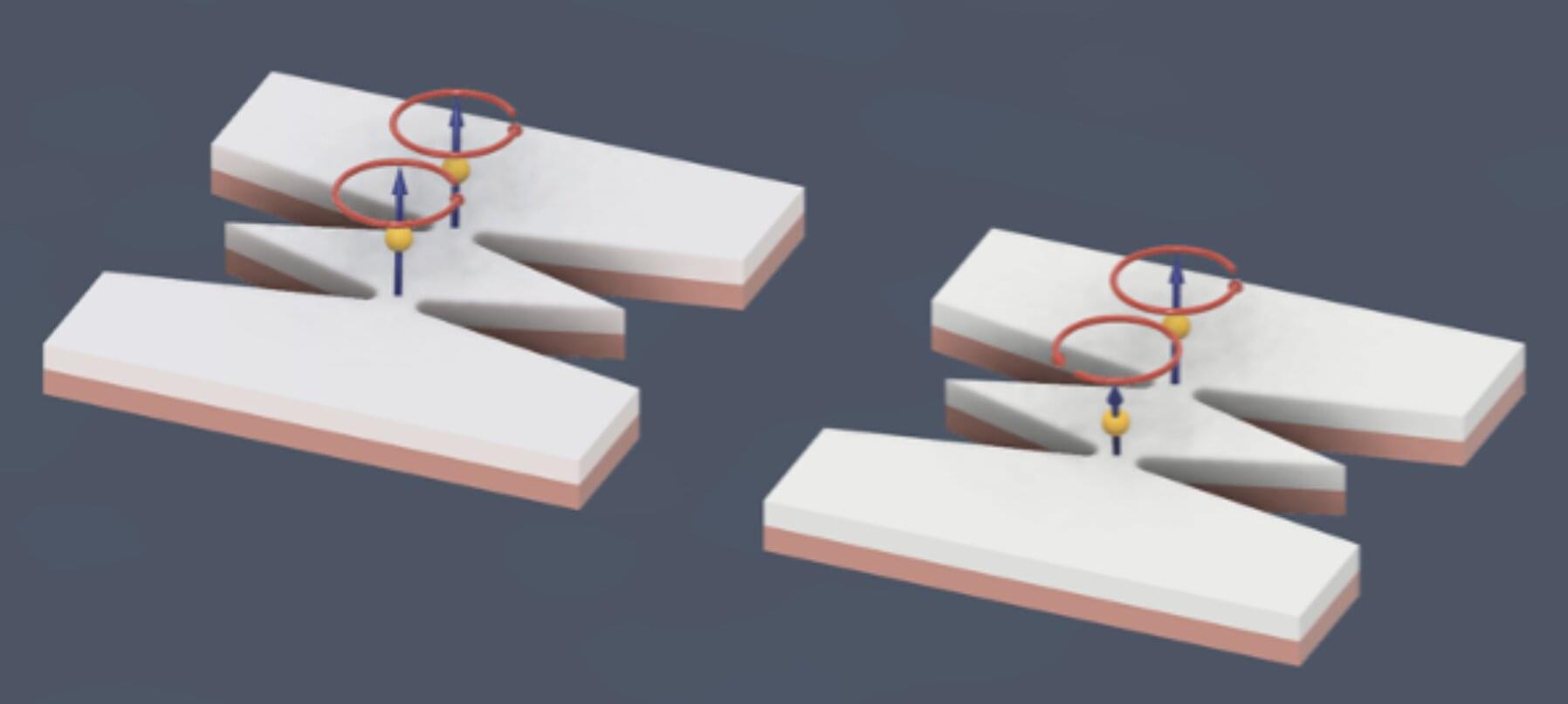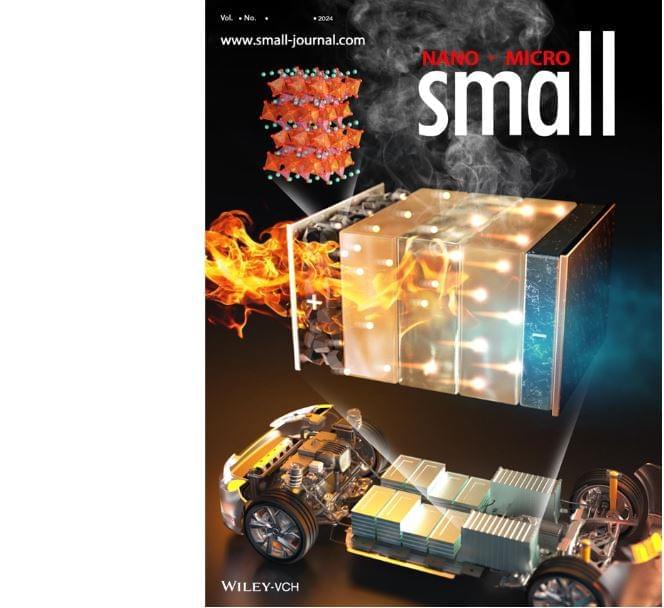For decades, end users and systems designers have valued radar technology for its reliability. Especially in adverse weather conditions in which sensors based on other modalities are apt to fail, radar is a dependable technique offering broad application potential.
As a result of this robustness and widespread applicability, radar today is established as a standard sensing system in several high-growth technology sectors. The automotive industry, for example, has been a key driver of radar sensor miniaturization and overall performance improvements. The commercialization of radar for passenger vehicles predates the turn of the century, and radar sensors are also now commonly deployed in advanced driver-assistance systems, including for adaptive cruise control, autonomous emergency braking, and blind-spot assist.



